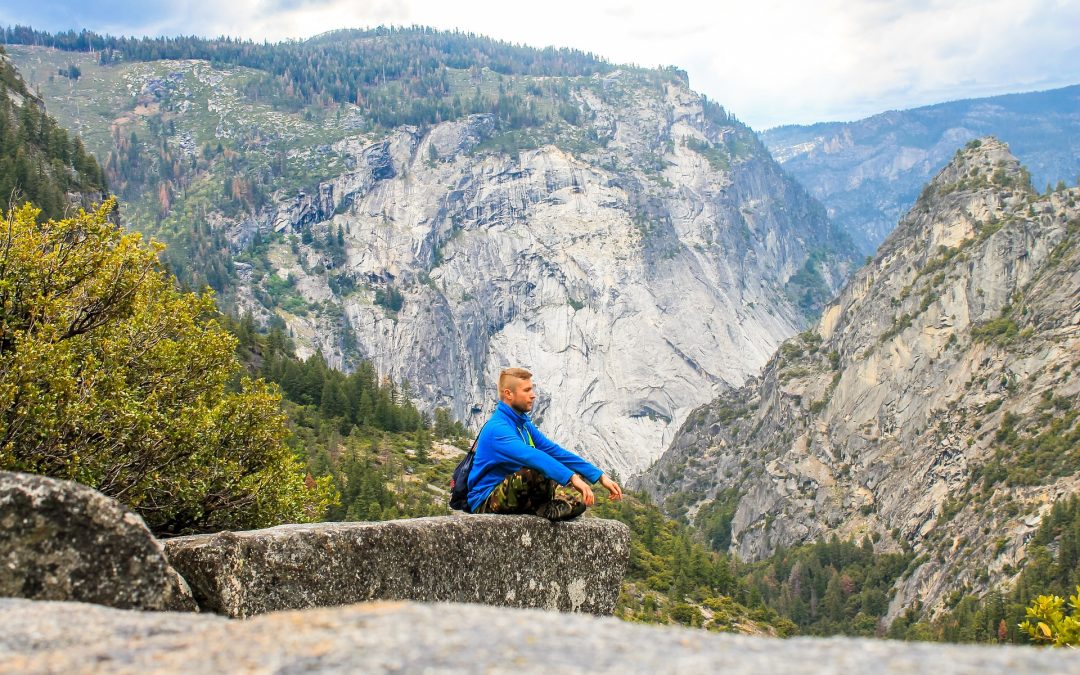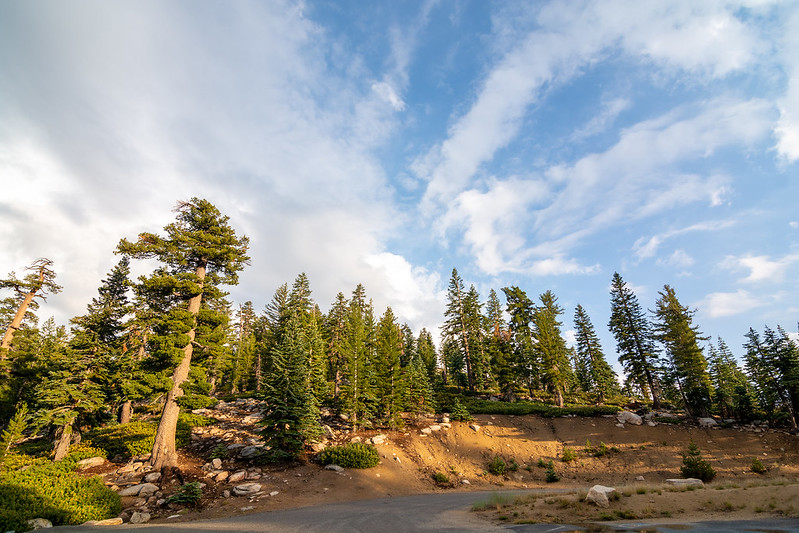Boondocking, or camping off-the-grid, is becoming increasingly popular as people seek to escape the hustle and bustle of city life and immerse themselves in nature. Public lands, such as national forests and Bureau of Land Management (BLM) areas, provide an abundance of opportunities for boondocking. However, before embarking on a camping trip in the wilderness, it’s important to understand the regulations and permits that govern camping on public lands. In this guide, we’ll provide an overview of the key regulations and permits for boondocking on public lands, as well as tips for navigating these requirements and finding the perfect campsite.
Understanding Public Lands Regulations
Public lands encompass a wide range of areas, including national forests, BLM lands, and state parks. Each of these areas has its own set of regulations governing camping and other activities. It’s crucial to research and understand these regulations before embarking on a boondocking trip. Failure to comply with these regulations can result in fines and even criminal charges.
Sequoia National Forest Image by Matthew Dillon via flickr
National Forests
National forests are managed by the United States Forest Service and provide ample opportunities for boondocking. However, camping is not allowed in all areas of a national forest. Some areas may be designated for day use only, while others may require a permit for camping. In addition, certain areas may have restrictions on campfires, fishing, and hunting.
Bureau of Land Management Lands
The Bureau of Land Management (BLM) manages vast tracts of land throughout the United States, much of which is open for boondocking. However, similar to national forests, there are regulations governing camping on BLM lands. Some areas may be closed to camping, while others may require a permit. It’s important to research these regulations and obtain any necessary permits before camping on BLM lands.
State Parks
State parks are managed by individual states and may have their own regulations governing camping. In some cases, camping may only be allowed in designated campsites, while in other cases, dispersed camping may be permitted. It’s important to research the regulations for each state park before embarking on a boondocking trip.
Boondocking Permits and Reservations
Depending on the public land you plan to visit, you may need a permit to boondock. In this section, we’ll cover when and where permits are required for boondocking, how to obtain permits for public lands, and the different types of permits available.
When and Where Permits are Required
Permits are typically required for camping in designated campgrounds or areas where camping is regulated. In addition, certain areas may require a permit for dispersed camping. It’s important to research the regulations for the public land you plan to visit and obtain any necessary permits before embarking on your trip.
How to Obtain Permits
Permits can typically be obtained online or in person at the local ranger station or visitor center. Some permits may be free, while others may have a fee. It’s important to research the permit requirements and fees for the public land you plan to visit and obtain the necessary permits before your trip.
Types of Permits
There are several types of permits available for boondocking on public lands. These include:
- Overnight camping permits: These permits allow for camping in designated campgrounds or areas where camping is regulated.
- Dispersed camping permits: These permits allow for camping in undeveloped areas outside of designated campgrounds.
- Special use permits: These permits are required for activities that may have an impact on the land, such as group camping or commercial filming.
Planning Your Boondocking Trip
Planning is key to a successful and safe boondocking trip. In this section
Researching Public Lands
When planning a boondocking trip, it’s important to research the public lands in the area you plan to visit. This can help you find the best campsites and ensure that you comply with all regulations and permit requirements.
Some helpful resources for researching public lands include:
- United States Forest Service website: This website provides information on national forests and their regulations.
- Bureau of Land Management website: This website provides information on BLM lands and their regulations.
- State park websites: These websites provide information on state parks and their regulations.
Choosing a Campsite
When choosing a campsite for boondocking, there are several factors to consider. These include:
- Access: Can you reach the campsite with your vehicle? Is the road suitable for your vehicle?
- Terrain: Is the campsite level? Is there enough space for your vehicle and camping equipment?
- Water: Is there a water source nearby?
- Privacy: Is the campsite secluded, or will you be camping near other people?
- Regulations: Does the campsite comply with all regulations and permit requirements?
Navigating Dispersed Camping
Dispersed camping, or camping outside of designated campgrounds, can be a great way to experience nature and avoid crowds. However, it’s important to do so responsibly and comply with all regulations and permit requirements.
Some tips for navigating dispersed camping include:
- Look for existing campsites: Camping in established campsites can help minimize your impact on the environment.
- Avoid sensitive areas: Avoid camping in areas that are sensitive to damage, such as wetlands or meadows.
- Practice Leave No Trace: This means packing out all trash and leaving the campsite in the same condition you found it.
- Follow fire regulations: Campfires may be prohibited in certain areas, so it’s important to research the regulations and obtain any necessary permits before starting a fire.
Tips for Boondocking Responsibly
Responsible boondocking is essential for preserving public lands and ensuring that this unique camping style remains accessible to future generations. In this section, we’ll cover tips for minimizing impact, including campsite selection, waste disposal, and campfire safety.
Campsite Selection
When selecting a campsite, it’s important to choose a site that has already been impacted by camping or other activities. This can help minimize your impact on the environment. In addition, it’s important to follow all regulations and permit requirements.
Waste Disposal
Proper waste disposal is crucial for preserving public lands and minimizing your impact on the environment. This includes packing out all trash, disposing of human waste properly, and avoiding dumping gray water on the ground.
Campfire Safety
Campfires can be a great way to stay warm and cook food while boondocking. However, it’s important to follow all fire regulations and ensure that your campfire is safe. This includes using a fire ring or building a fire pit, keeping the fire small, and making sure the fire is completely extinguished before leaving the campsite.
Resources
- United States Forest Service website: https://www.fs.usda.gov/ This website provides information on national forests and their regulations.
- Bureau of Land Management website: https://www.blm.gov/ This website provides information on BLM lands and their regulations.
- National Park Service website: https://www.nps.gov/ This website provides information on national parks and their regulations, which can complement your coverage of state parks.
- Leave No Trace Center for Outdoor Ethics: https://lnt.org/ This website provides guidelines and principles for minimizing impact while camping and enjoying the outdoors.
- Recreation.gov: https://www.recreation.gov/ This website allows users to reserve campsites, obtain permits, and access information about recreational activities on federal lands.
Conclusion
Boondocking on public lands can be a rewarding and memorable experience, but it’s important to understand the regulations and permits that govern camping in these areas. By following the tips and advice provided in this guide, you can plan a safe, enjoyable, and responsible boondocking trip that will leave a minimal impact on the environment.
FAQs
- Do I need a permit to boondock on public lands?
- It depends on the public land you plan to visit. Some areas may require a permit for boondocking, while others may not.
- Can I camp anywhere on public lands?
- No, there are regulations governing camping on public lands. It’s important to research these regulations and comply with them to avoid fines or criminal charges.
- What should I do with my trash when boondocking?
- It’s important to pack out all trash and dispose of it properly. This means taking it with you when you leave the campsite and disposing of it in a trash receptacle.
- Can I have a campfire while boondocking?
- Campfires may be allowed in certain areas, but it’s important to research the fire regulations for the public land you plan to visit and follow them to ensure that your campfire is safe.
- How do I find a good campsite for boondocking?
- Researching public lands and considering factors such as access, terrain, water, privacy, and regulations can help you find a good campsite for boondocking.
Featured Image by Egor Shitikov from Pixabay


